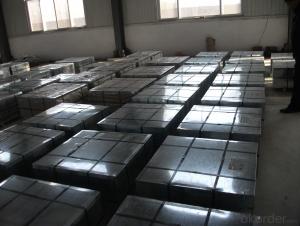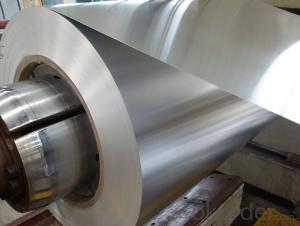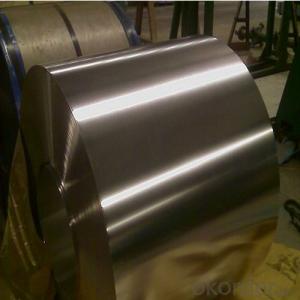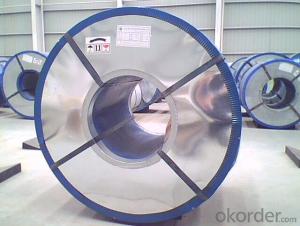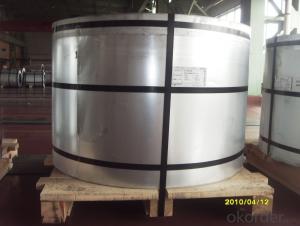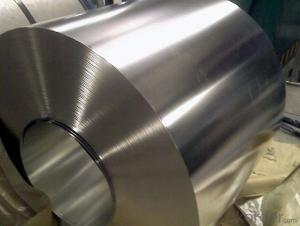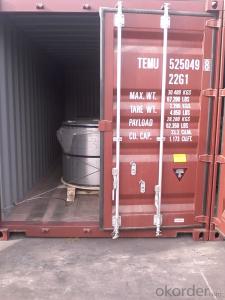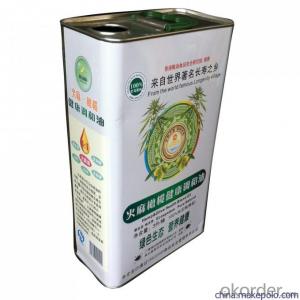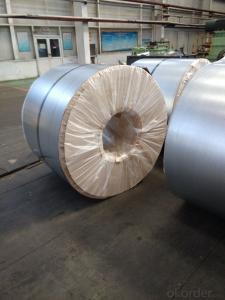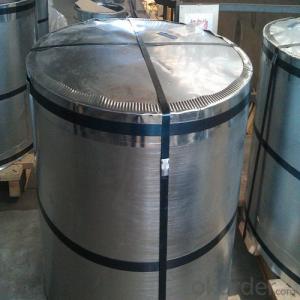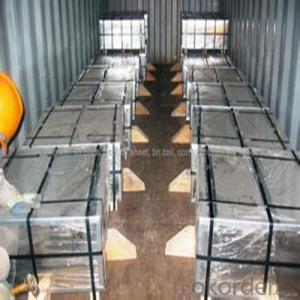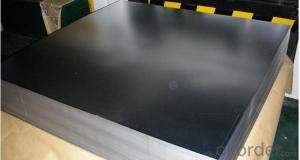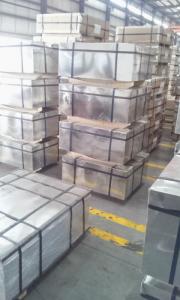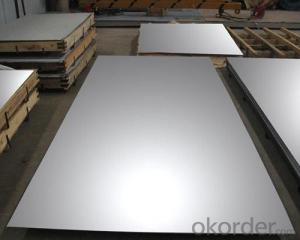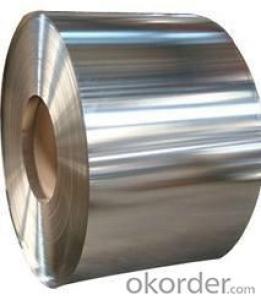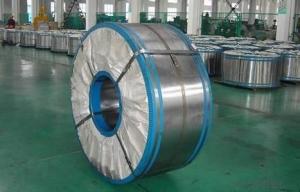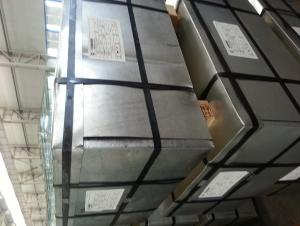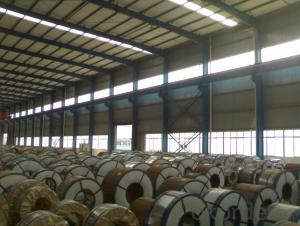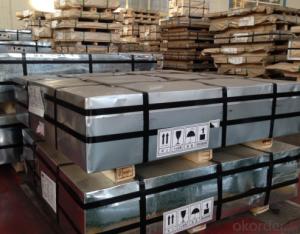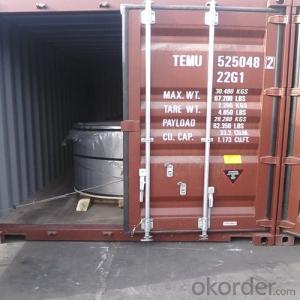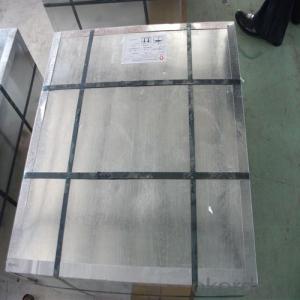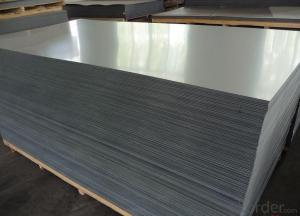Electrolytic Tinplate Uses
Electrolytic Tinplate Uses Related Searches
Prime Electrolytic Tinplate Electrolytic Tinplate Coil Tinplate Material Tinplate Products Tinplate Recycling Tinplate Coating Printed Tinplate Tinplate Properties Etp Tinplate Printing Tinplate Tinplate Packaging Tinplate Tins Envases Tinplate Buy Tinplate Tinplate Printing Tinplate Layout Tinplate For Sale Tinplate Can Define Tinplate Tinplate Collectables Tinplate Food Packaging Tinplate Production Tinplate Manufacturers Lacquered Tinplate Tinplate Cans Tinplate China Arcelormittal Tinplate Double Reduced Tinplate Spte Tinplate Tinplate ContainersElectrolytic Tinplate Uses Supplier & Manufacturer from China
Electrolytic tinplate uses involve a variety of products, including food cans, beverage cans, and other packaging materials. This type of tinplate is made by applying a thin layer of tin onto a sheet of steel through an electrolytic process, resulting in a durable and corrosion-resistant material. The application and usage scenarios of electrolytic tinplate are extensive, as it is commonly used in the manufacturing of containers, automotive parts, and construction materials. Its versatility and durability make it a popular choice for a wide range of industries. Okorder.com is a wholesale supplier of electrolytic tinplate uses, offering a large inventory of this product to cater to the needs of various businesses and industries. By partnering with Okorder.com, customers can access high-quality electrolytic tinplate at competitive prices, ensuring that their projects and products meet the highest standards of quality and performance.Hot Products
